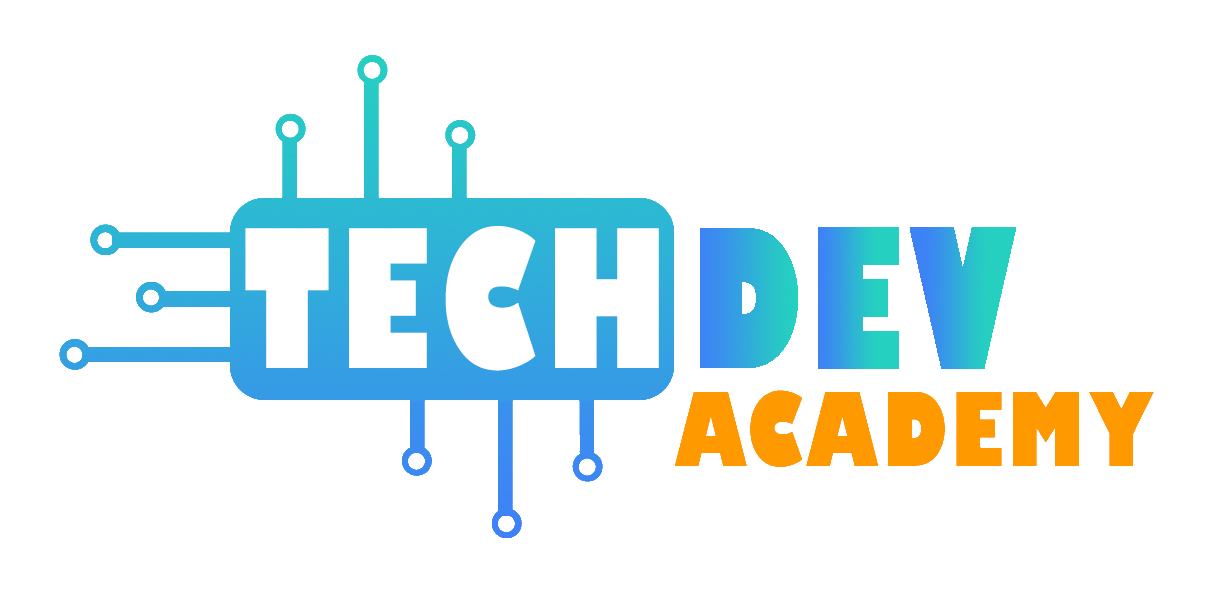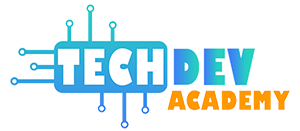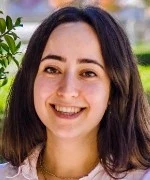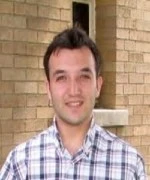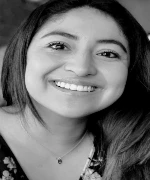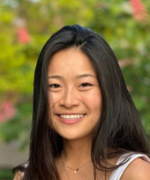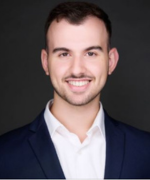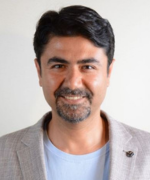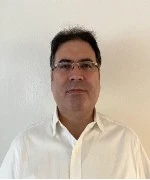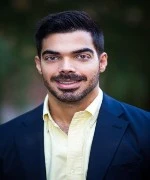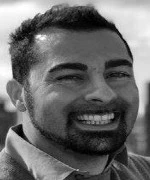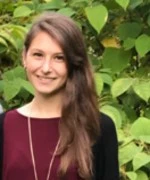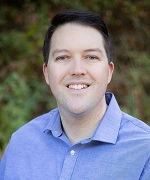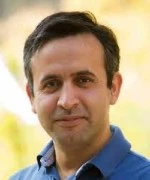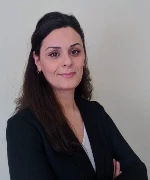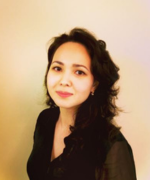The College Application Process: Key Steps


After identifying the universities and colleges you want to apply to, you’ll need to begin the college application process. Starting early, keeping to a strict plan, and being organized are essential because the full process could take up to two years in some circumstances.
This makes it crucial to do everything on schedule and accurately. Here in this guide, we will discuss all the must-follow steps of the college application process, so that you can get accepted into the college of your choice.
Key strategies and techniques to prepare college applications
Before diving into the essential steps of the college application process, let’s consider some key strategies to keep in mind.
Early vs. regular decision
When applying to colleges, you have the option to choose between early decision (ED), early action (EA) or regular decision (RD). ED and EA applications typically have a deadline in November, and you can expect to receive a decision from the college in December, if you apply ED. This allows you to hear back from the college sooner than those who apply through regular decisions.
However, it’s important to note that early decision admissions are binding. This means that if you are offered admission, you are required to enroll in that college and withdraw any other applications you may have submitted.
Have an application checklist
Your completed admission application has multiple parts, and the requirements of each college may sometimes vary slightly from the other. Thus, you need to have a comprehensive checklist to ensure you send in your completed application on time and in the right way.
Applying to the right number of colleges
Applicants typically apply to 9 to 12 colleges (3-4 schools in each category from reach schools, target schools and safety schools)
- A reach school is one where your academic credentials fall below the school’s range. Any school with an acceptance rate of less than 20% is considered a reach due to its unpredictability
- A target school is one where your academic credentials fall well within (or even exceed) the school’s range. The acceptance rate should be at least 20-40%.
- A safety school is one where your academic credentials fall comfortably above the school’s range. The acceptance rate should also be at least 40-45%.
When building a college list, you’ll want to consider several factors, including the location, tuition, major, size, and type of school are essential. Most importantly, you will want to create a balanced college list, which should include schools in three different categories: reach, target, and likely school. Having a balanced college list is critical to your success in your college admissions.
Get your documents and paperwork ready
Keep everything you need ready and organized. This includes your basic information, social security number, high school transcript, test scores (SAT and ACT), AP test scores (if applicable), recommendation letters, and information about your extracurricular activities, internships, summer jobs, or volunteer work.
Use online tools
Compared to snail mails, online applications are faster. You could even use online tools or applications that let you track multiple applications simultaneously and need you to fill in most of your information just once.
Prepare well for the standardized tests
You should use sample questions and exercises, simulate the test environment, and use online resources and information to study and practice well for the tests.
Be careful
Don’t jeopardize your chances of getting accepted by making careless mistakes. If you are sending your application via mail, revisit the completed application after 2-3 days to check for errors. You may even ask a teacher or your parents to proofread it. For online submissions, save and review the completed online application before submitting it.
Now that we’ve explored key strategies and techniques to help you prepare your college applications, let’s dive into the key elements that make up a successful college application. These elements are crucial in showcasing your academic abilities, personal qualities, and overall fit for the colleges you’re applying to.
Understanding and effectively addressing these elements will significantly enhance your chances of being accepted into the college of your choice. So, let’s explore the key components and procedures that should be on your radar throughout the college application process.
The Key Elements in a College Application
Since incomplete or late applications will be rejected, it’s vital to chalk out a plan in advance and understand the college application process well. Here are crucial components and procedures to follow while applying to college:
- High school transcript
- Test scores
- Application essay
- Letters of recommendation
- Completing college applications
- Submit financial aid forms
- Attend admissions interviews
- Review acceptance letters and financial aid offers
- Accept your offer and enroll
- Prepare for college
Now, let’s take a look at why each of these matters.
High school transcript
One of the most crucial elements that college admissions personnel take into account while assessing your application is your high school transcript. The information in this paper gives a thorough picture of your academic progress throughout high school, including your grades, course preferences, and total GPA. Colleges apply this data to evaluate your academic potential and decide if you would be a good fit for their school.
A strong transcript that demonstrates consistent academic achievement, rigorous courses, and a challenging course load can greatly increase your chances of being accepted to your top-choice colleges.
On the other hand, a weak transcript with low grades or a lack of rigor can limit your options and make it difficult to gain admission to selective schools. To improve your chances of success in the college admissions process, you must therefore take your high school curriculum seriously and pursue academic achievement.
At the same time having a well-rounded education and a strong sense of curiosity, as demonstrated through your college application portfolio, may provide you a major advantage even though grades are important in the college admissions process. Admissions officers often seek applicants who have diverse interests and participate in extracurricular activities, as this can contribute to a rich and varied community of first-year students.
Test scores
To get enrolled into their programs, most US universities and colleges need you to take one or more standardized admissions tests such as SAT, ACT, TOEFL, IELTS, and others.
Some of these tests, like TOEFL and IELTS, are for international applicants who are non-native English speakers. You should compare TOEFL vs. IELTS and choose one of them, If you have to take one of these tests.
You could take either SAT or ACT or even both. While some colleges accept both scores equally, some may require any of these in particular. Though the essay sections of both SAT and ACT are optional, you may have to take them in case your chosen colleges require them.
It is important to check if your short-listed colleges need you to submit SAT Subject Test scores or grant course credit in case your performance is excellent. If they do, you should consider taking the Subject Tests right after finishing the related classes in your high school.
For course credits, high scores in AP (Advanced Placement) exams can also help. Additionally, good AP test scores can indicate your potential to admission officers.
Application essay
Your personal statement is a 650-word essay that will go to nearly every school on your college list.The application essay is your opportunity to showcase your unique qualities and differentiate yourself from other applicants.
Usually, you’ll have multiple application essay prompts to choose from. Since these are typically broad and open-ended, you need to choose carefully and plan your essay well. Here are five tips to use your personal statement to stand out from the crowd.
Pick A Strong Topic
Writing about a sports injury, how you finally got an “A” in a demanding high school class, or how the death of a grandparent affected you, is not the best way to spend your 650 words. These topics tend to be overdone, However, remember no topic will be completely unique, so you should focus on being very personal. Add a lot of details to your essay so we, as readers, can get to know you better.
Starting the Essay With A Hook
A great way to start your essay is often with a story. You can pick a small moment from your topic and use it as an intriguing introduction to captivate the reader’s attention. Sharing a personal anecdote or experience related to your chosen topic can create an immediate connection between you and the reader.
Proofread Your Essay
Always have one or two other people proofread your essay! They will catch small mistakes you make and can give you good advice. You will want to ensure that the tone of your essay and the stories you choose to tell showcase you to the best of your abilities.
Letters of recommendation
Colleges will usually ask you to submit 2-3 letters of recommendation. You can seek them from your teachers, counselors, or mentors, who can speak to your academic abilities, character , and potential.
The best time to ask for a recommendation letter from your teachers is before the summer starts in the Junior year. This gives them plenty of time to work on your letter over the summer.
After they agree to write the letter, create a “brag sheet” for them, including bullet points detailing your college or career goals, examples of stories where you showed leadership or made an impact in your community, and anything else that you think they might want to use in the letter is helpful.
Sending your brag sheet with your resume will help them write a more personalized letter of recommendation. Remember, only ask people who know you well to ensure that they will write you a strong recommendation or add something unique to your application.
Completing college applications
Before you begin completing your college applications, make sure you gather all the necessary information and materials. This includes your high school transcript, test scores, a list of your extracurricular activities, and any essays or personal statements you need to submit.
It’s important to keep track of the deadlines for each school since they may differ. When filling out the applications, carefully read the instructions and make sure to answer all the questions thoroughly.
Pay attention to any word or character limits for essays or other written responses. It’s a good idea to have someone else, like a teacher or parent, review your application before you submit it to catch any errors or typos.
If you’re applying to multiple schools that use the same application system, such as the Common App, you might be able to use the same basic application for each school and make minor adjustments as needed. However, make sure to double-check that you meet each school’s specific requirements, such as supplemental essays or additional forms.
Submit financial aid forms
It’s important to submit financial assistance applications if you want to make sure you can pay for college. Your eligibility for federal financial aid, such as grants, loans, and scholarships is determined using the Free Application for Federal Student Aid (FAFSA).
As some financial aid programs have limited funds and are provided on a first-come, first-served basis, it is crucial to submit the FAFSA as early as possible, ideally in October of your senior year of high school. Some colleges and institutions may need you to complete the CSS Profile in addition to the FAFSA, which is a more thorough financial aid application that considers extra factors including home equity and non-custodial parents.
Overall, submitting financial aid forms is a crucial step in the college application process, and can help you receive the financial assistance you need to make your college dreams a reality.
Attend admissions interviews
Some colleges may require or offer the opportunity for admissions interviews. This interview is an opportunity for the college or university to learn more about you as a person and as a potential student, and for you to ask questions and get a better sense of the school’s culture and community. To prepare for an admission interview, it is important to research the school beforehand and be familiar with its programs, values, and mission.
During the interview, be sure to dress professionally and arrive on time. Be confident and articulate in your responses, and be prepared to discuss your academic interests, extracurricular activities, and future goals.
Review acceptance letters and financial aid offers
After completing the college application process and attending interviews, it’s time to review acceptance letters and financial aid offers. This is an exciting step where you’ll find out which schools accepted you and what financial assistance they’re providing.
Consider the academic programs, campus culture, and location when reviewing acceptance letters. Evaluate the financial aid packages, including scholarships, grants, and loans, and compare the total cost of attendance for each school. If you have any questions, contact the admission or financial aid office for clarification.
Accept your offer and enroll
Once you have reviewed acceptance letters and financial aid offers, the final step in the college admission process is to accept your offer and enroll. This involves submitting an enrollment deposit and any necessary paperwork, such as transcripts and medical records.
Be sure to carefully review all deadlines and requirements, as missing a deadline can result in losing your spot in the incoming class. Once you have completed the enrollment process, you can look forward to beginning your college journey and taking the next steps toward achieving your academic and career goals.
Prepare for college
After enrolling in college, the next step to prepare for college is to attend orientation events. Orientation events are designed to help new students become familiar with the college campus, meet other students, and learn about the resources available at the college. During these events, you will also have the opportunity to register for classes for the upcoming semester.
Additionally, it is important to make arrangements for housing and other logistics as you transition to college life. This may include finding a place to live, purchasing textbooks, and setting up a meal plan. It is recommended to start making these arrangements during the summer before starting college to ensure a smooth transition.
Final words
The admission process of US colleges may seem like a herculean task for the unprepared. But if you educate yourself well, start early, and follow a plan, you can ensure you send in your completed and correct applications to the targeted colleges and universities on time. Take each step seriously and seek guidance when needed to navigate the college application process successfully.
P.S: To learn more about the above process have a look at our detailed College Admissions Guide Ebook.

